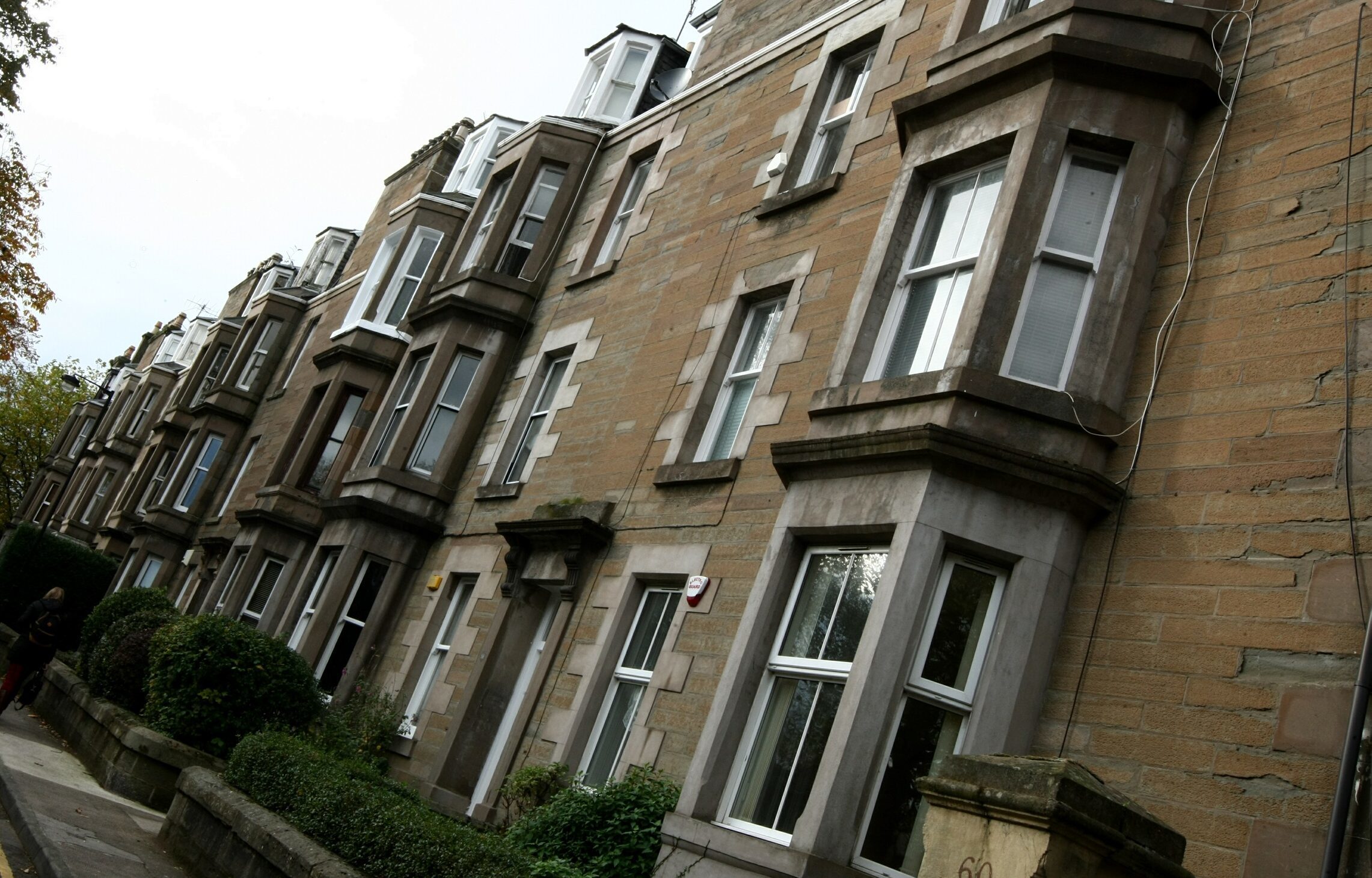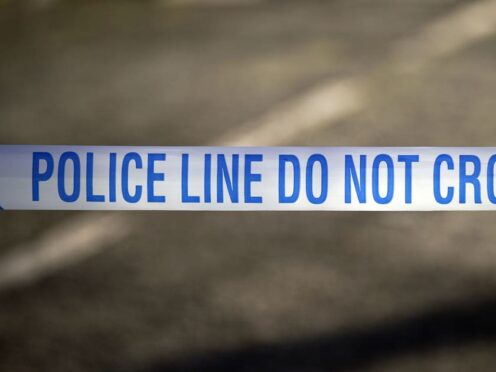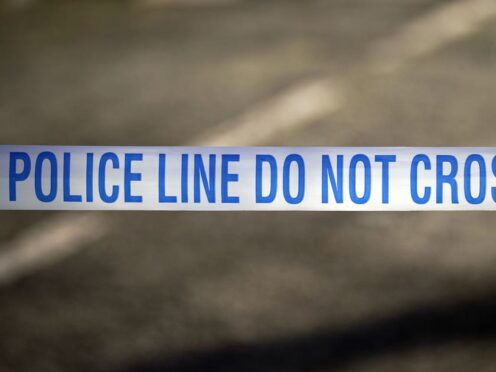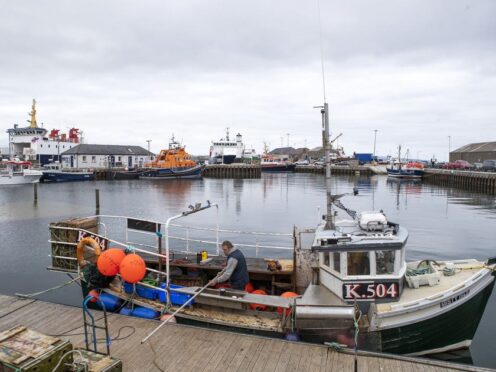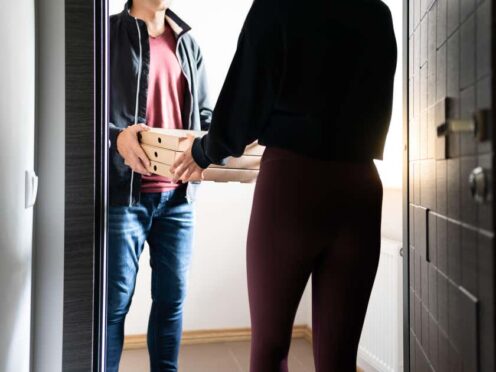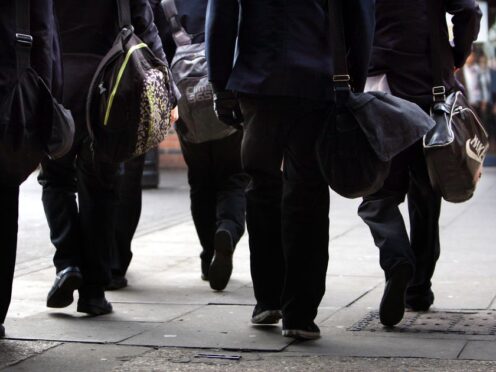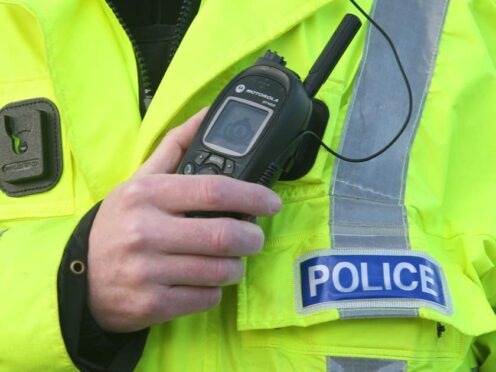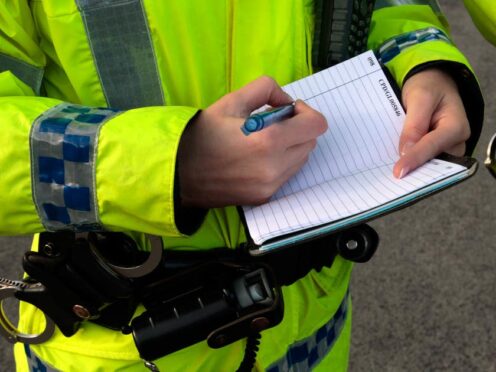The number of Scots living alone has continued to rise, according to new figures.
National Records of Scotland (NRS) data shows the average number of people per household fell from 2.21 in 2005 to 2.17 in 2015.
The figure reflects a finding from the Scottish Household Survey that 36% of households were made up of one adult living alone in 2014, up from 22% in 1981.
Statisticians attribute the changes in household size and type in part to an ageing population, with older people more likely to live alone.
The change has led to a continued increase in the number of households in Scotland, rising to 2.43 million in 2015.
The figure has grown by around 160,000 over the last ten years, faster than the population.
NRS data also shows the average household size has increased in Scotland’s cities, pointing to a rise in young adults living with their parents instead of setting up home themselves.
Chief executive Tim Ellis said: “These latest figures from the National Records of Scotland show household numbers continue to rise but the level of growth has changed, with the number of households rising by a much smaller amount each year after the beginning of the economic downturn.
“In most council areas, average household size continues to fall, but average household sizes are now rising in the four city council areas of Aberdeen city, Dundee city, city of Edinburgh and Glasgow city, and in Perth and Kinross.
“This may be linked to the trend we are seeing of more young adults living with their parents or renting rather than buying a home.”
